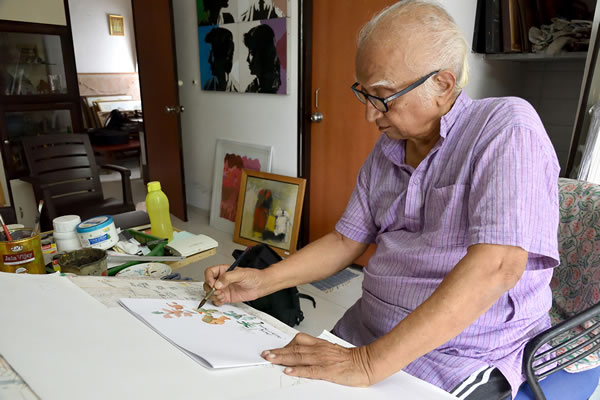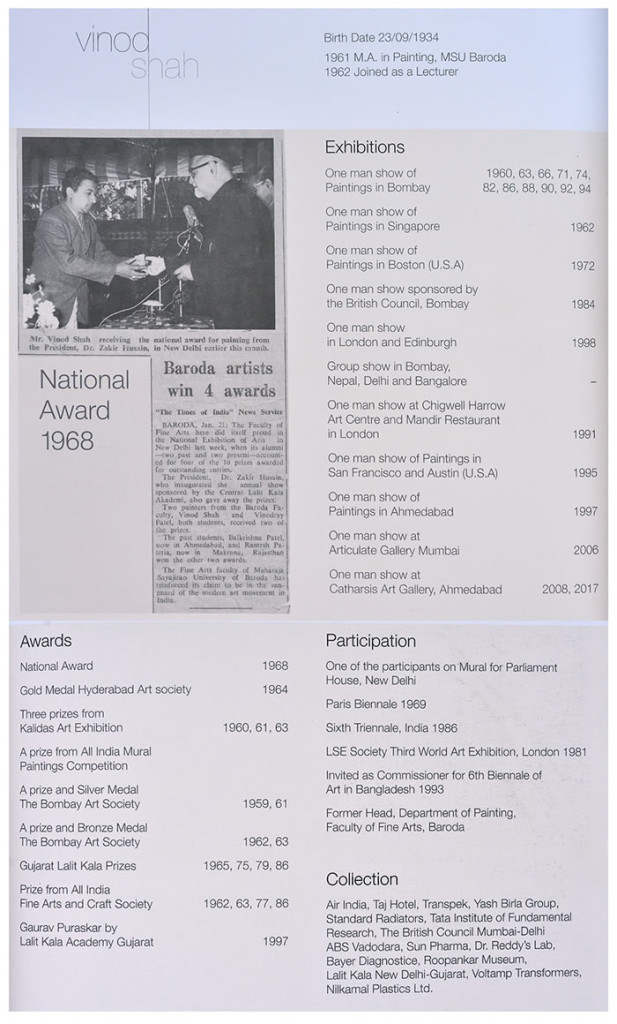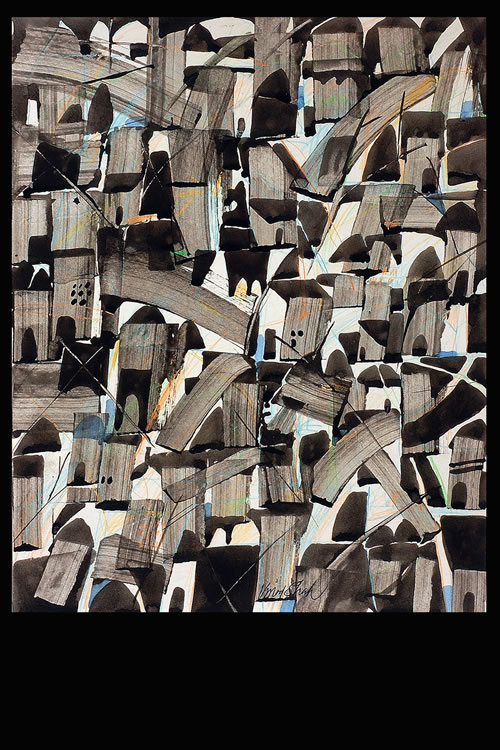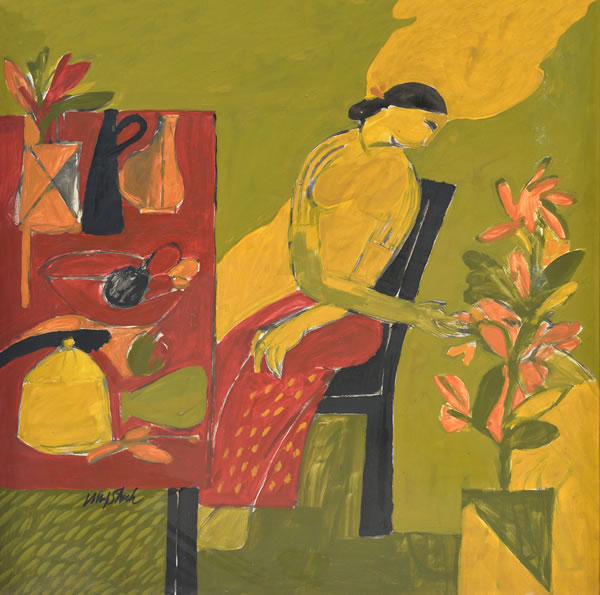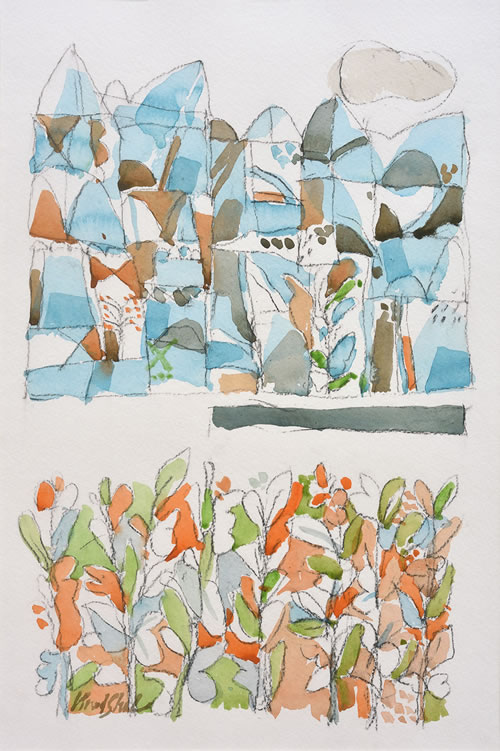Arati Desai
First political unrest and then the tsunami, Sri Lanka has been ravaged over the years yet, there is a sense of peace and fortitude that prevails over this small island. For the regular traveller neighbouring countries are an obvious choice for a holiday. Sri Lanka occupies a soft spot in the hearts of many an Indian traveller, who opt not only for its proximity and easy accessibility but also for the old world charm the country has retained.
The famous circuit of the Sri Lankan holiday normally covers Colombo, Kandy, Nuwara Eliya, Ella and Galle but there is so much more to this quaint country. Being an island makes it an all around the year destination. Yes, there are 2 monsoons but one for each coast, so in the Indian summer months of May and June, the east coast of Sri Lanka is the perfect holiday destination. Eastern Sri Lanka surprises with its diverse experiences – heritage, cultural experiences, world heritage sites, beautiful beaches, wildlife and surf waves.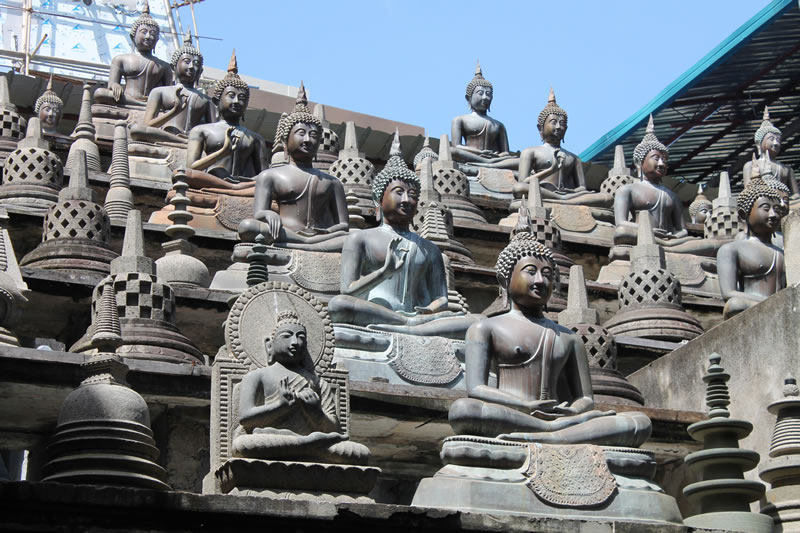
Starting from Colombo, head straight to Dumbulla. Dumbulla’s famed rock cave temple complex is Sri Lanka’s largest and most well preserved temple complex. Five separate caves dating back to the 1st century BC hold 150 Buddhist statues and paintings which are 2000 years ago. These caves bear a spiritual atmosphere which is enhanced by many epochs of Sinhala sculpture and Sinhala art, marking one of the many memorable experiences in the country.
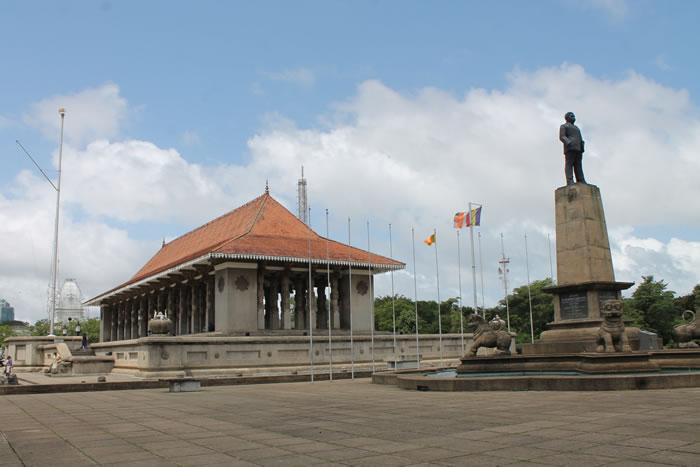 The next day visit the ancient rock fortress Sigiriya, perched on a 200 meter tall rock plateau. Sigiriya, the lion rock, a world heritage site is truly an architectural marvel. Some of the unique features of this 5th century fortress complex includes remains of a king’s palace, surrounded by an extensive network of fortifications, vast landscaped gardens, ponds, canals, alleys and fountains. While it served as a monastery since the 3rd century till the 5th century, King Kashyapa converted it into his royal residence and it remained so for 13 years (473- 496 AD) till he died. Thereafter it returned to being a monastery till the 14th century when it was abandoned. Apart from its splendid architecture, Sigiriya is also known for its amazing frescos dating back to till date to the 7th-8th century. Of these delicately painted frescos 18 are still visible. Tourists have been visiting this monumental site since hundreds of years and continue to even more so today.
The next day visit the ancient rock fortress Sigiriya, perched on a 200 meter tall rock plateau. Sigiriya, the lion rock, a world heritage site is truly an architectural marvel. Some of the unique features of this 5th century fortress complex includes remains of a king’s palace, surrounded by an extensive network of fortifications, vast landscaped gardens, ponds, canals, alleys and fountains. While it served as a monastery since the 3rd century till the 5th century, King Kashyapa converted it into his royal residence and it remained so for 13 years (473- 496 AD) till he died. Thereafter it returned to being a monastery till the 14th century when it was abandoned. Apart from its splendid architecture, Sigiriya is also known for its amazing frescos dating back to till date to the 7th-8th century. Of these delicately painted frescos 18 are still visible. Tourists have been visiting this monumental site since hundreds of years and continue to even more so today.
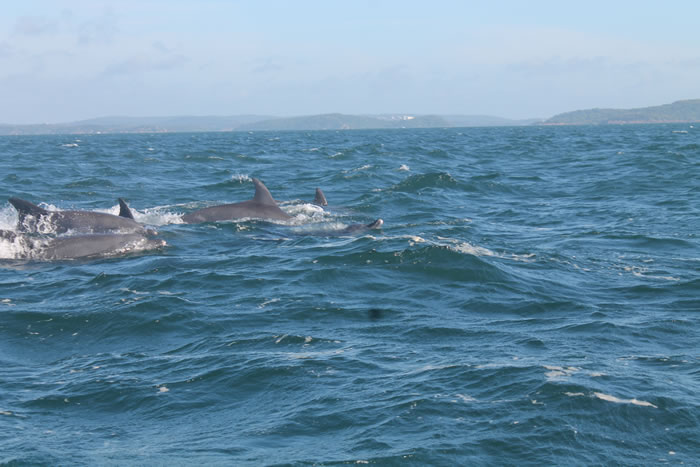 Heading to the north of Sri Lanka, drive 100 kms to Trincomalee. The city, recovering from several years of civil war which ended in 2009, is now accessible to tourists. The population is a diverse mix of Sinhalese, Tamils and Muslims. The coastal beach town of Nilaveli is a popular tourist destination peppered with several resorts and cafes. There is a lot to do here like Snorkeling on Pigeon Island, whale watching (from March to August) and a visit to the historic Koneswaram Temple. Remnants of Tricomalee’s violent past can be seen in the war memorials. One of the most beautiful is ‘The Trincomalee War Cemetery’ which honours the British and French soldiers that fought to win this natural harbor.
Heading to the north of Sri Lanka, drive 100 kms to Trincomalee. The city, recovering from several years of civil war which ended in 2009, is now accessible to tourists. The population is a diverse mix of Sinhalese, Tamils and Muslims. The coastal beach town of Nilaveli is a popular tourist destination peppered with several resorts and cafes. There is a lot to do here like Snorkeling on Pigeon Island, whale watching (from March to August) and a visit to the historic Koneswaram Temple. Remnants of Tricomalee’s violent past can be seen in the war memorials. One of the most beautiful is ‘The Trincomalee War Cemetery’ which honours the British and French soldiers that fought to win this natural harbor.
From Trincomalee, leave for Arugam Bay via Passikudah. ‘Passikudah’ means green algae beach and its beach is so pristine that you feel you are in a different world all together. With hardly any hotels and even lesser tourists at this beach, it is the perfect place for solitude seekers who need just the ocean and a good book. Offering an extended shallow coastline, the beach is perfect for shallow swimming.
Arugam Bay in itself has a whole lot to explore, be it the Panama beach, the crocodile groves or the Kumana National Park or the surf waves. You will find Aussies, Germans and even Israelis coming to surf here. This leads to a great number of hotels and restaurants offering western options as well as traditional Srilankan Cuisine. You can find the best pizza in Sri Lanka over here. Arugam Bay has a sort of Goan feel about it. Foreign tourists, food joints, accommodation of different categories, good food.
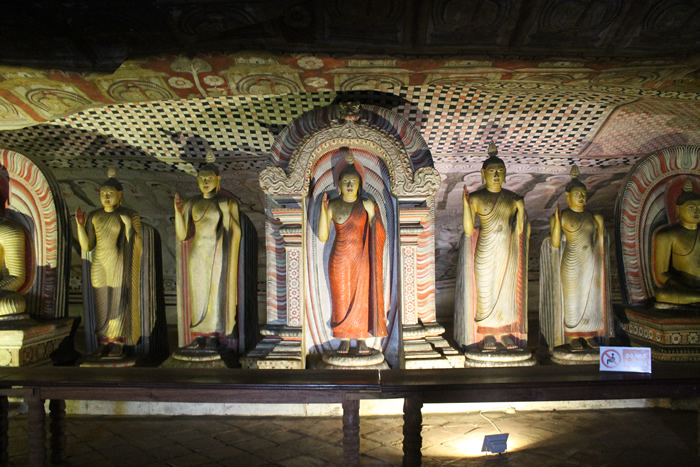
The next destination southwards is Yala, one of the country’s best national parks which is said to have the largest density of leopards in the world. Yala national park has a protected area of 978 square kms and is home to 44 varieties of mammals and 215 species of birds. Wild elephants roam the road adding to the charm of the Park which has a surreal combination of a breathtaking beach and jungle lands. The organized safaris at Yala operate twice a day. From Yala it’s back to Colombo.
On the way to Colombo one passes several quaint beach towns like Mirissa, Galle and Bentota. Mirissa is known for exhilarating whale sightings from November to April. Again hotel options range from budget to luxury. Further on one should take a short stop over at Galle. This fortified city was built by the Dutch in 1588 but fortified by the Portuguese in the 17th century, is Asia’s largest standing fortress built by the Europeans. The fort city has a character of its own with colonial architecture, cobblestoned pavements, swanky shops, quaint restaurants, a pretty lighthouse and numerous monitor lizards. Galle is also home to the Galle International Stadium which is considered one of the most picturesque stadiums in the world. Devastated by the 2004 tsunami, Galle has regained its glory and beauty.
The last stop of the trip is Colombo, the country capital which has something for everyone. Shopping, Casinos, restaurants, distinctive buildings like the Independence memorial hall, the Viramahadevi Park and temples like the famed Gangaramaya Buddhist temple and the Hindu temple – Kailawasanathan Swami Devasthanam Kovil. Evenings see tourists visit Galle face green, an urban park on the sea face extending up to 500 meters. Colombo is connected to other parts of the country by trains as well as buses. The bustling city is getting even busier with skyscrapers and other commercial developments, a contrast to the rest of the quiet and relatively less busy east coast.
There is something special about Sri Lanka apart from its tea and that’s its people. The simplicity of the people and vibrancy of their smiles runs through the country. The colours of the sea and the lovely green expanse radiate serenity. With speed limits on the highway set at a maximum of 70 kmph for cars and buses, you are sure to look out of the window and learn to see again. Due to its long civil conflict, Sri Lanka was not always a tourist destination but today it enchants its visitors, making them promise to return again.

